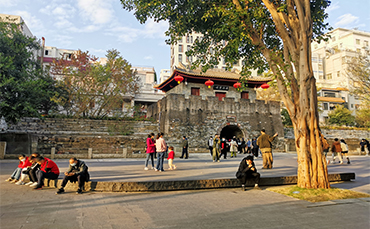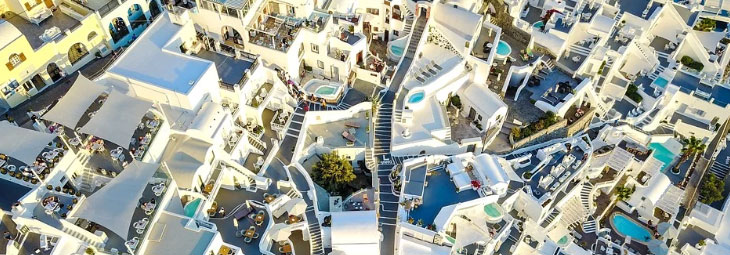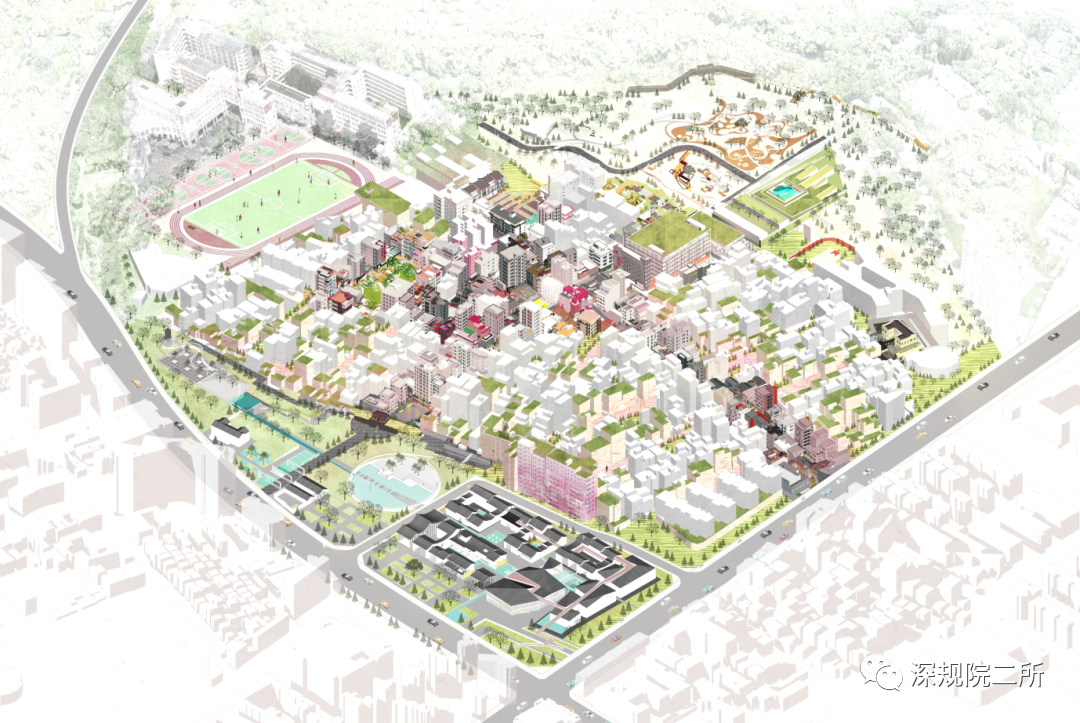



1. The previous and present life of Nantou Ancient City.
Nantou Ancient City, also known as "Xin 'an Old City", is located in the center of Nanshan District of Shenzhen, known as "the first county of East Guangdong and the source of Hong Kong and Macao". The ancient city of Nantou has been the political, economic and military center, trade center and coastal defense fortress of Shenzhen and Hong Kong in the past 1700 years. It is the historical witness of the same cultural origin, the same root of economy and trade, and the unification of military management between Shenzhen and Hong Kong.
As the cultural root of Shenzhen, the millennium city carries Shenzhen's earliest coastal defense military culture, trade culture, Lingnan architectural culture, and is a precious relic that inherits and records and presents Shenzhen's multi-cultural landscape.
In the construction history of Shenzhen city, Nantou ancient city has extremely important significance and unique status, the ancient city was built by the sea, founded in Wei and Jin dynasties, showing the etiquette pattern. The ancient city was once abandoned in Qing Dynasty. After the restoration, as the Xin 'an County government, secular life flourished in Nantou ancient city.
During the Anti-Japanese War, it was occupied by the Japanese army, and after liberation, it was changed into a village instead of a county. With the special zones established, there was a rush to build in the process of urbanization , resulting in the disappearance of the ancient city style. Few historical buildings were left and lack of repair and service facilities, which were common problems of villages in big cities.
However, at the same time, it is this "continuation and stratification of time and space" that has shaped the unique "symbiotic" characteristics of the ancient city. Today, the fishbone street texture of the ancient city is still preserved, the wall moat is faintly visible, the architectural texture of various times is organically intertwined, the indigenous people and new immigrants coexist harmoniously, and above all show that the urban vitality is beyond imagination.
2. The transformation process of Nantou Ancient City.
How to highlight the value of the ancient city as "the root of Shenzhen culture", revive the cultural imprint of the ancient city for thousands of years, maintain the existing diverse habitats and fireworks atmosphere of the city, and continue the original vitality of the city has been the ideal goal pursued by the government and all parties in society. In the past 20 years, the renovation and upgrading of the ancient city has never stopped. Looking back now, from the early "demolition of the new and retention of the old" to the later "organic activation and native conservation", from the initial "government-led, hardware remediation" to the current "multi-party mutual promotion and systematic operation and maintenance". This is a gradual process, and the concept and understanding of urban planning is continuing to evolve.
3. The ancient city's original conservation and construction under the "grand historical view".
In 2019, Shenzhen issued policies to encourage organic renewal of the model, allowed local demolition and construction, proposed a variety of resettlement ways, simplified the approval process, and encouraged market capital to participate in the renovation and operation, which greatly improved the operability of implementation. Nantou Ancient City, as one of the first seven pilots, will set up a model of organic integration of historical protection and revitalization of urban village development through the combination of historical and cultural conservation and the improvement of the quality of human settlements.
1) We need to maintain the core value framework composed of historical buildings, street texture and cultural places, provide the possibility of continuous evolution in accordance with era, and realize the vitality injection of functional iteration, so that the ancient city can maintain vitality.
2) Facing the needs of diverse people and aiming at the problem of the living environment of urban villages, the adaptive space construction is carried out to discover and create new local characteristics based on the characteristics of high-density space.
3) The government will set up a platform, enterprises will undertake the project, and residents will participate. Give consideration to both the consensus action guidelines and implementation guidance and control of sustainable operation of enterprises and participation of indigenous peoples.
4. Give consideration to both urban value planning and fun place building.
Nantou Ancient City, as the cultural consumption axis along Shennan Avenue and the starting point of Shenzhen Bay cultural industry belt, will gather three functions of creative office, creative consumption and cultural exchange and display in the planning function, further shape the spatial pattern of Nanshan District's cultural industry, ignite the creative power of Nanshan, and serve as the cultural vitality hub of Shenzhen Bay cultural corridor and Nanshan's ecological leisure green vein. Its open public space and walking system will be integrated into the urban leisure network.
5. Guarantee the implementation mechanism of co-governance and sharing.
The plan is implemented in accordance with three phases, and the first phase construction plan (2020) : "Main Street demonstration, cultural guidance", with the transformation of "Cross Main Street" as the main focus. Medium-term construction plan (2021-2022) : "Improve the foundation, build nodes", increase public facilities, transform the street space, and focus on the transformation of Dianyuan Commune and Wuxiang market. Long-term construction plan (2023-2025) : "Home beautification, Nanyuan transformation", the remaining more than 800 urban village buildings will be guided to self-reform, the transformation of the area in front of the South City Gate will be a focus.
In the reconstruction of the ancient city, the villagers' self-renovation manual was innovatively proposed for the reserved houses, and easy-to-understand self-renovation guidelines were formulated. This was a "positive list", where villagers could get certain financial subsidies and policy support for the reconstruction according to the requirements, so as to ensure the sustainability of community construction and guide the transformation of urban villages from "development mode" to "management mode".

The Nantou Ancient City Square [Photo provided by the author]

The master plan of Nantou ancient city [Source: Shenzhen Urban Planning and Design Institute]
Author: Wang Peng
Source:<https://mp.weixin.qq.com/s/KCYr5AcsD3dUAHYC3UQVjQ>
Edited and Translated by Guan Tao